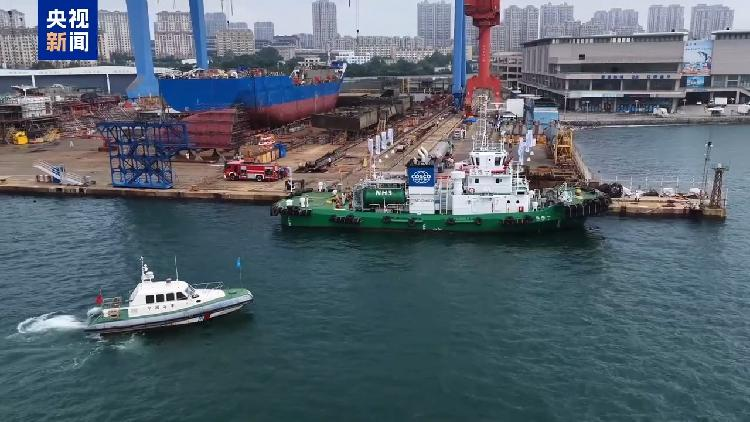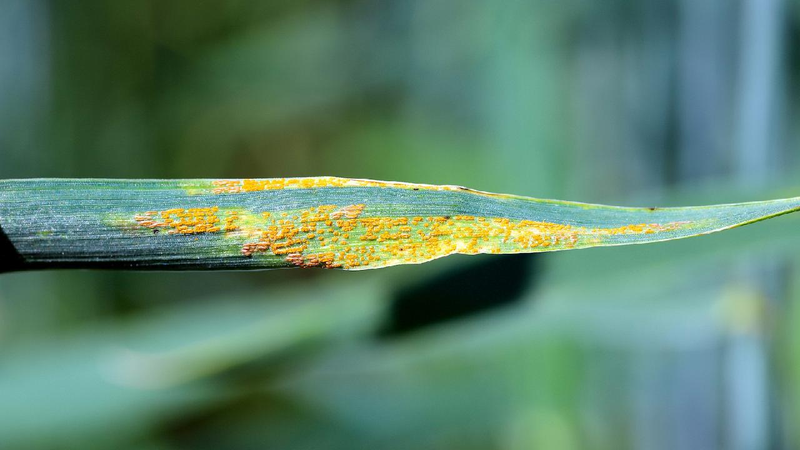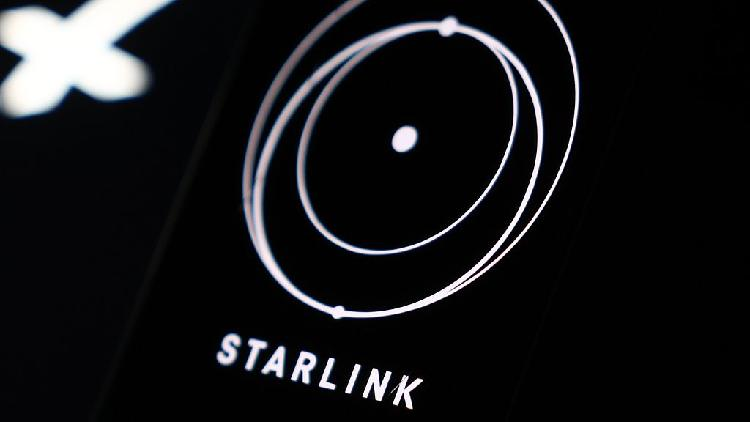Hey there, young explorers! 🌋 Have you ever imagined a place where fire and ice exist together? Welcome to Iceland, the land of volcanoes and glaciers! ❄️🔥
Did you know that volcanoes have shaped about 80% of our planet’s surface? That’s right! These powerful natural forces help create new land and islands. Iceland sits right on top of the Mid-Atlantic Ridge, where two huge pieces of Earth’s crust, called tectonic plates, are slowly moving apart. This makes Iceland one of the most active volcanic places on Earth!
The Reykjanes Awakening 🌋
For almost 800 years, the Reykjanes Peninsula in Iceland was quiet. But in early 2021, something amazing happened—the volcanoes there woke up! Since then, there have been 11 eruptions! Can you imagine living near a volcano that suddenly comes to life?
Meet the Volcanologists 🕵️♀️
Scientists who study volcanoes are called volcanologists. Professor Simon Matthews and his team rush to collect samples when an eruption begins. They gather hot, molten lava and rocks from old flows to learn more about what’s happening deep beneath the Earth’s surface.
Back in the lab, they use powerful microscopes to look at tiny minerals inside the rocks. By studying these minerals, they can understand how the volcano is behaving and maybe even predict future eruptions!
Power from the Earth ⚡
Iceland doesn’t just have volcanoes—it also uses the Earth’s heat to power homes and buildings! About 90% of Icelandic homes are heated with geothermal energy, which means they use the natural heat from underground. Isn’t that cool?
At the HS Orka Svartsengi geothermal plant near the eruption zone, scientists found important clues that helped them predict the recent volcanic activity. By studying changes in the Earth’s heat and gases, they can keep people safe.
Drilling into Magma 😮
Up north, an exciting project called the Krafla Magma Testbed aims to drill directly into a magma chamber—the molten rock beneath the volcano. This has never been done before! The goal is to learn more about volcanoes and find new ways to use geothermal energy.
But drilling into magma isn’t easy. It requires special equipment that can handle extreme heat. If they succeed, it could change how we use Earth’s natural energy all around the world!
So, the next time you think of volcanoes, remember how they help us understand our planet and even keep our homes warm. Maybe one day, you’ll become a volcanologist too! 😊
Reference(s):
cgtn.com




